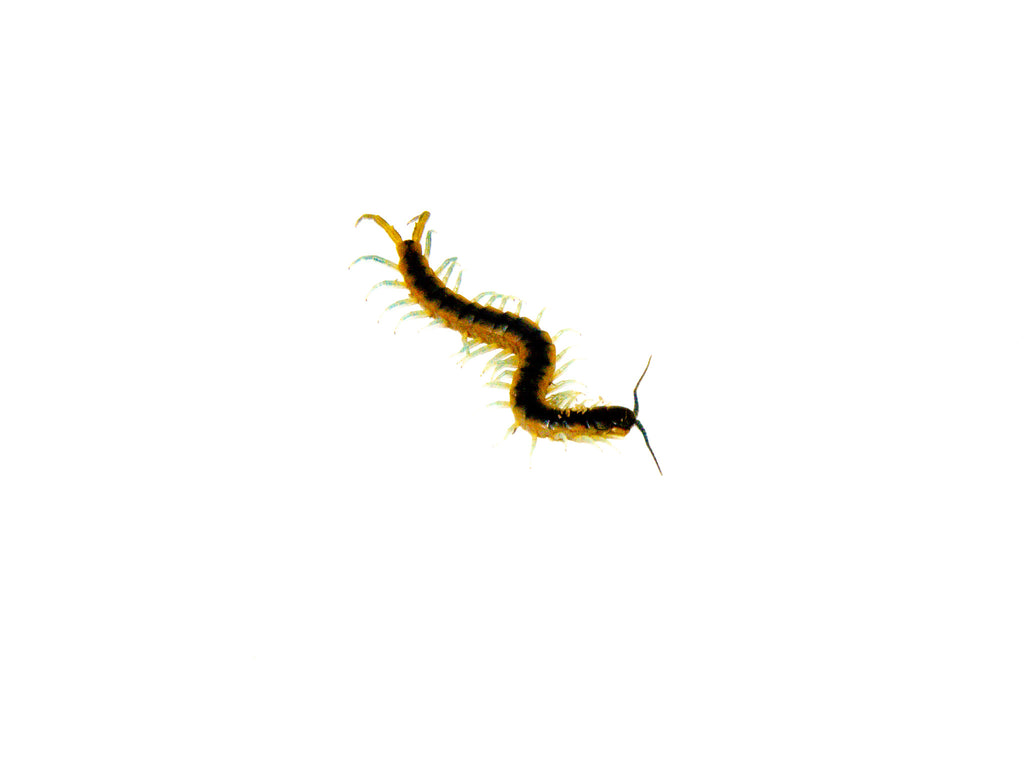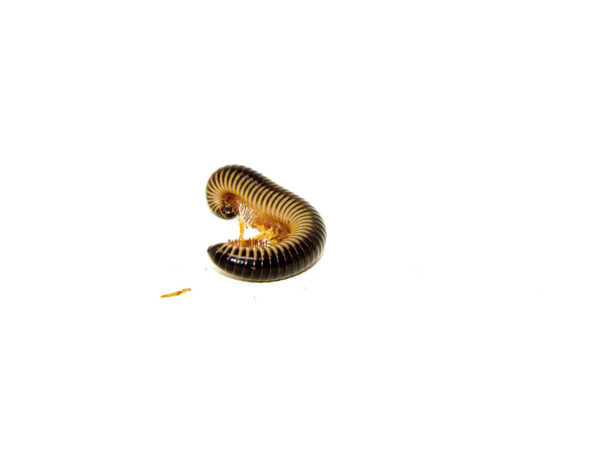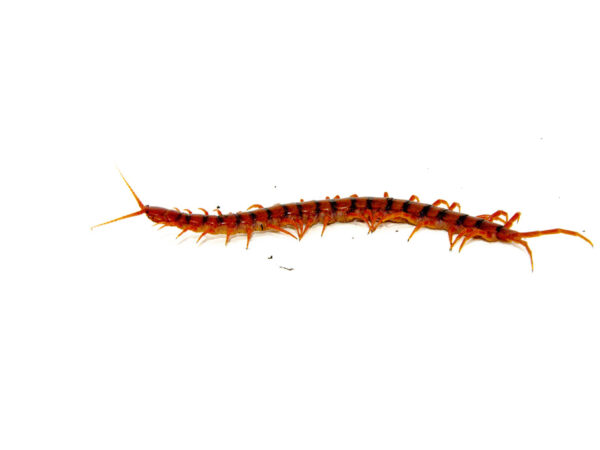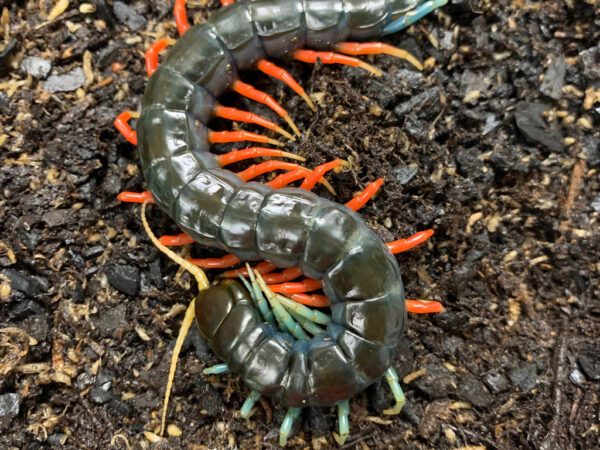Florida Giant Blue Centipede (Scolopendra viridis): A Rare Iridescent Predator
The Florida giant blue centipede (Scolopendra viridis) is one of the most captivating and visually stunning invertebrates you can keep. Native to parts of Florida and the Gulf Coast, this species is prized for its vivid blue-green hues, swift predatory behavior, and uncommon beauty. Ideal for experienced keepers, it demands respect, secure housing, and close attention—but rewards observers with spectacular displays of natural behavior.
Stunning Appearance Florida giant blue centipede (Scolopendra viridis) s
The Florida giant blue centipede typically grows to between 5 and 7 inches in length. Its glossy exoskeleton ranges from teal to deep sapphire, often appearing iridescent under light. In contrast, its legs are a pale yellow or tan, creating an eye-catching color combination reminiscent of polished gemstones. Juveniles may show less intense coloration, which deepens as they mature.
Additionally, its body segments are sturdy and smooth, lending it an almost mechanical appearance. The visual impact of this centipede alone makes it a show-stopping specimen for any advanced invertebrate enthusiast.
Natural Habitat & Behavior Florida giant blue centipede (Scolopendra viridis) s
In the wild, the Florida giant blue centipede thrives in humid pine flatwoods, hardwood hammocks, and coastal scrublands. It spends daylight hours hiding beneath logs, bark, or leaf litter, then becomes active at night to hunt. Highly predatory, it captures prey with lightning-fast speed and delivers venom through its front forcipules—modified legs that act like fangs.
This species is solitary and fiercely territorial, making it unsuitable for communal housing. Attempting to house multiple individuals together can result in battles or cannibalism, even among similarly sized specimens.
Secure Housing & Enclosure Setup
A secure, escape-proof enclosure is essential for the Florida giant blue centipede (Scolopendra viridis). These centipedes are strong, quick, and can exploit even tiny gaps.
Recommended Setup:
-
Container Size: A 10-15 quart plastic tote or escape-proof terrarium per adult.
-
Lid: Locking lid with small mesh-covered ventilation holes.
-
Substrate: 3–4 inches of moist coconut fiber mixed with soil or peat moss to retain humidity.
-
Temperature: Keep between 75–82°F (24–28°C) for optimal health.
-
Humidity: Maintain around 70–80%, using a light misting schedule. Ensure no pooling of water.
-
Hiding Spots: Cork bark slabs, leaf litter, and half logs provide secure retreats.
-
Decor: Include rocks or wood for visual appeal, but prioritize open space for hunting behavior.
Humidity levels can be tracked with a hygrometer; ventilation prevents mold and keeps air quality healthy.
Feeding & Diet
The Florida giant blue centipede (Scolopendra viridis) is a nocturnal predator with a powerful venomous bite. Captive diet should mirror its natural feeding habits:
-
Staple prey items: Adult crickets, roaches, and mealworms.
-
Occasional captive treats: Superworms or pinky mice (for larger specimens and sparingly, due to fat content).
-
Feeding frequency: Juveniles eat 2-3 times per week; adults once a week or every 10 days.
-
Feeding tips: Use forceps to place prey in the enclosure at night. Remove uneaten prey after 24 hours to maintain hygiene and reduce stress.
Observe feeding behavior—it’s a dramatic and fascinating display when this centipede strikes.
Handling Suggestions & Safety Florida giant blue centipede (Scolopendra viridis)
Due to its speed and venom, the Florida giant blue centipede should never be handled with bare hands. If maintenance is required:
-
Use long forceps or tongs for prey placement.
-
Employ catch cups to remove or relocate the centipede.
-
Wear gloves and move slowly and predictably to avoid startling it.
-
Ensure children and pets cannot access the enclosure.
Its bite is painful and may cause swelling, redness, and in sensitive individuals, nausea or allergic reaction. Prompt medical attention is advised if bitten.
Lifespan & Molting
With proper care, the Florida giant blue centipede can live up to 5–7 years. It molts periodically throughout its life:
-
Molting signs: Decreased movement, refusal to eat, and burrowing.
-
Important Molting Notes: Do not disturb the enclosure during molting. After molting, wait 5–7 days before offering food to allow its new exoskeleton to harden.
Molting is a stressful and vulnerable period. Providing ample hide space encourages safe molting behavior.
Is It Right for You?
The Florida giant blue centipede is best suited for intermediate to advanced keepers who understand predator behavior and can meet its care requirements. It makes an impressive display animal that showcases the beauty and complexity of predatory invertebrates. However, it requires a commitment to responsible housing, feeding, and safety.
Final Thoughts
The Florida giant blue centipede (Scolopendra viridis) is a rare and visually striking predator that commands attention in any exotic invertebrate collection. With its iridescent coloring, powerful predation, and dynamic behavior, it’s a rewarding species for those willing to respect its needs. If you’re ready to provide secure housing and responsible care, this centipede is a dramatic and awe-inspiring addition to your terrarium.








Reviews
There are no reviews yet.